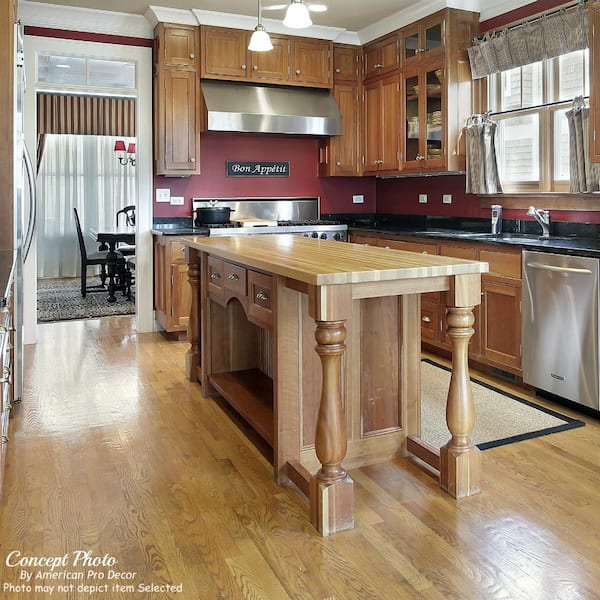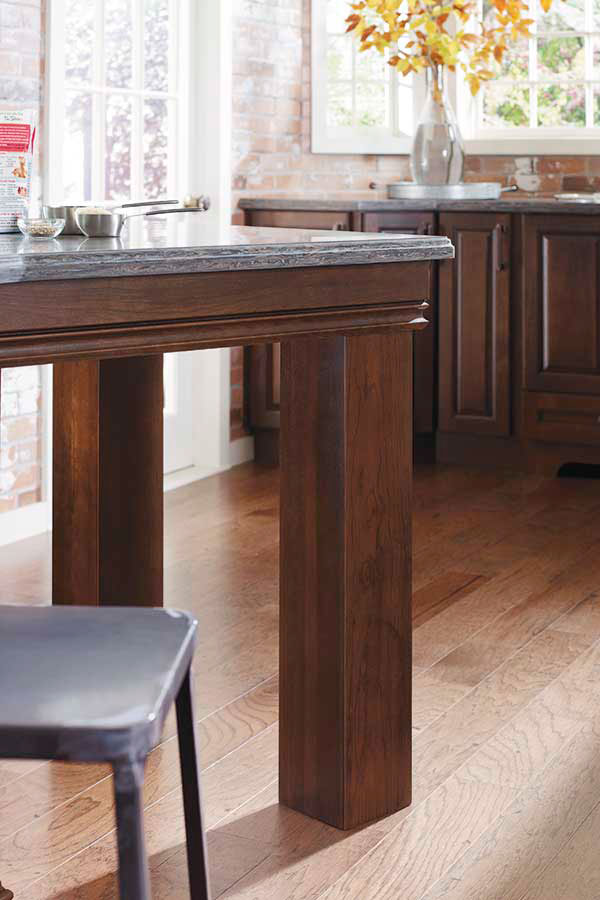Achieve the Perfect Equilibrium of Form and Function with Legs For Kitchen Island
Achieve the Perfect Equilibrium of Form and Function with Legs For Kitchen Island
Blog Article
Necessary Variables to Consider When Picking Legs For Cooking Area Island
Choosing the ideal legs for a kitchen island includes a mindful assessment of multiple aspects that can dramatically affect both performance and aesthetic allure. As we discover these components, it becomes clear that each decision can have significant effects for the overall kitchen experience.
Product Options
When selecting legs for a cooking area island, recognizing the various material choices is crucial for achieving both visual appeal and structural stability (Legs For Kitchen Island). The selection of material dramatically affects not just the resilience of the island but also its overall design and functionality
Metal legs, frequently made from stainless steel or wrought iron, add a modern-day and industrial feeling while making certain resilience and stability. These materials are immune to put on and can support substantial weight, making them optimal for larger islands.
Another choice is engineered materials, like MDF or plywood, which can be more cost-efficient while still providing a variety of finishes. However, they may not offer the very same level of security as solid timber or metal. Materials such as acrylic or glass can develop a contemporary appearance, though they might call for added support to make certain stability.
Eventually, the choice of material for cooking area island legs ought to align with the desired capability and the overall motif of the kitchen area.
Design and Style

When taking into consideration style, the form and finish of the legs are important. Conical legs can give a feeling of lightness and sophistication, while thicker, much more robust legs can convey stamina and stability. In addition, the finish-- be it repainted, tarnished, or natural-- should match the cabinetry and kitchen counter materials to create a unified appearance.
Additionally, the design of the legs can likewise mirror individual preference. Custom or decorative legs, such as those featuring intricate carvings or unique geometric forms, can offer as centerpieces, adding personality and individuality to the kitchen area. Inevitably, the right option will certainly not just improve performance however likewise raise the aesthetic appeal, making the cooking area island a standout function of the home.
Height Factors To Consider
Choosing the appropriate height for kitchen island legs is essential, as it directly affects both functionality and convenience. The typical height for a kitchen area island usually ranges from 36 to blog 42 inches, straightening with typical countertop elevations. A 36-inch height is ideal for food prep work and cooking, permitting comfy use of kitchen area devices and tools. Alternatively, a height of 42 inches is frequently preferred for islands intended for bar seating, suiting taller stools and offering a casual dining experience.

It is also important to make up users' preferences and elevations. Tailoring the elevation can ensure a comfy experience for all member of the family, making the kitchen island a more enjoyable and useful space.
Weight Support
Ensuring sufficient weight assistance for kitchen island legs is vital for both safety and security and capability. The kitchen island typically serves multiple objectives, including cooking, dining, and added storage, demanding a robust assistance framework. When selecting legs, it is critical to consider the total weight capacity needed based on the island's planned usage and the materials that will be put on it.
The option of material for the legs plays a significant role in their weight-bearing capacities. Strong timber, steel, and sturdy compounds typically provide exceptional i was reading this toughness contrasted to lighter materials. In addition, the layout of the legs-- whether they are right, tapered, or have a pedestal type-- can influence their ability to distribute weight successfully throughout the framework.
Constantly consult the manufacturer's requirements pertaining to lots restrictions to guarantee that the legs can maintain the designated weight without jeopardizing safety and security. In recap, choosing kitchen area island legs with appropriate weight support is necessary for creating a risk-free and useful cooking area.
Installation and Maintenance
Proper installation and maintenance of cooking area island legs are vital for ensuring durability and security. This frequently includes safeguarding the legs to the island base using ideal bolts, guaranteeing that the legs are level and straightened.
When set up, normal maintenance is required to protect the honesty and appearance of the legs - Legs For Kitchen Island. For wooden legs, periodic cleansing with a damp towel and application of appropriate timber polish can prevent wetness damages and keep their coating. Metal legs may require a gentle cleansing remedy to remove grease and crud, adhered to by a completely dry cloth to avoid corrosion development
In addition, evaluate the legs frequently for signs of wear or damages, such as splits or loose joints. Tightening up screws or bolts as needed can additionally extend the life-span of the legs. By sticking to these installation and upkeep practices, property owners can make sure that their cooking area island continues to be tough and visually appealing for many years ahead.
Conclusion

Visual coherence is vital in selecting the design and design of legs for a cooking area island, as these elements greatly affect the overall ambiance of the area. Conical legs can provide a sense of lightness and style, while thicker, much more robust legs can convey toughness and stability.Selecting the ideal elevation for kitchen area island legs is vital, as it straight impacts both functionality and comfort. In summary, choosing kitchen area island legs with ample weight assistance is browse around this web-site essential for developing a practical and secure culinary room.
In final thought, selecting legs for a kitchen island demands cautious factor to consider of different variables, consisting of product alternatives, style, height, weight assistance, and setup.
Report this page